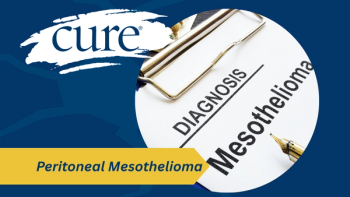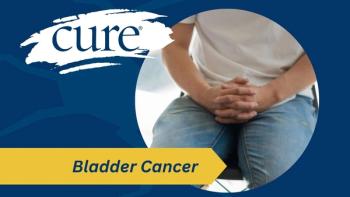
Loneliness: A Major Health Challenge
New studies have confirmed that loneliness can be very bad for health.
The idea that loneliness is connected to living longer and being healthier has been on my mind a bit lately. Part of it is that my daughter moved back to New York City last week, which left me and the two dogs alone in the house. With everything I have to do, I was surprised that I had moments of loneliness.
Then I realized that Kirtley moving back to the city she loved was only a small portion of my feelings. I saw her little when she was living with me, and as busy as I am with projects, writing, church and friends, my days are full. But I am retired now and no longer have 60 college students to keep me connected to feeling needed. Research showed me that I am part of a growing segment of society, women who no longer move from parenting to grandparenting.
The challenge is that research is supporting a 2015 study that shows that the physical effects of loneliness are similar to harm caused by obesity and as dangerous as heavy smoking. These findings come from a synthesis of studies on the topic and show that loneliness can increase the risk of premature death by around 30 percent.
For the general population this can lead to an unhealthy life and for cancer survivors this can be particularly dangerous since the body is fighting off a predator that looks for ways to regain a foothold.
The
The researchers searched online for studies reporting numerical data on deaths affected by loneliness, social isolation or living alone. They then pooled all the studies to calculate the overall effect.
The literature search included relevant studies published between January 1980 and February 2014. These were identified using the online databases MEDLINE, CINAHL, PsycINFO, Social Work Abstracts. Loneliness and social isolation were defined objectively and subjectively:
- Social isolation (objective) — pervasive lack of social contact or communication, participation in social activities, or having a confidant (example measure: Social Isolation Scale or Social Network Index)
- Living alone (objective) — living alone versus living with others (example measure: answer to a yes/no question on living alone)
- Loneliness (subjective) — feelings of isolation, disconnectedness and not belonging (example measure: University of California, Los Angeles Loneliness Scale)
The study analyzed 70 independent prospective studies containing more than 3.4 million participants followed for an average of seven years. Overall, the researchers found social isolation resulted in a higher likelihood of death, whether measured objectively or subjectively.
A more
Too much fibrinogen is bad for health, raising blood pressure and causing the build-up of fatty deposits in the arteries.
Harvard researchers compared levels of the blood-clotting protein with the numbers of friends and family in a person’s social network and found a striking correlation. As the number of social connections fell, the level of fibrinogen rose.
If this information leads you to think about your mom and dad and whether they have enough social interaction, you might want to also look at the young people in your house because of the issue of loneliness has been shown to be more of a problem in the 18 to 24 year olds. Other studies show that age extends to 35 for those at risk.
What all this says is that if you are lonely and dealing with cancer, find friends. Connect with those who care for you. One thing modern life has is multiple options to connect through meet ups, social groups. Oh, and another option I find very effective. A dog, or two. Animals know what you need and can dissipate loneliness very effectively.





